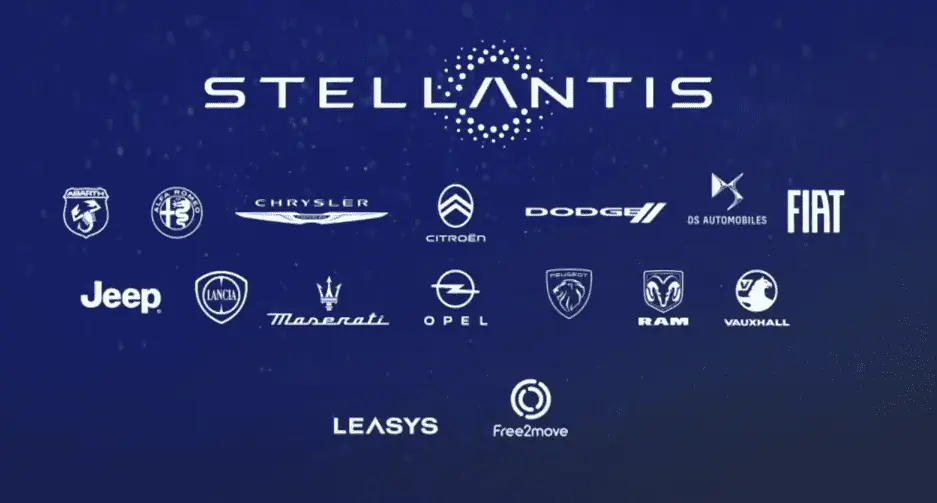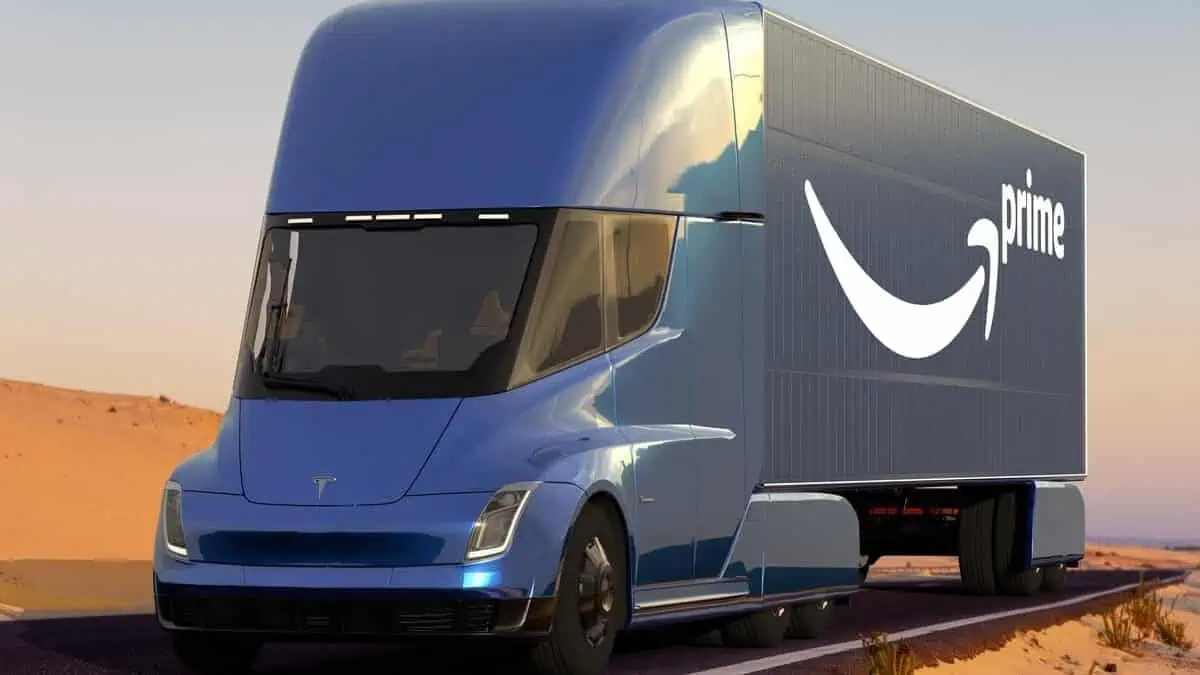Multinational automaker Stellantis officially introduced its new STLA Large platform on Friday that can apparently support twin-motor, AWD electric powertrains to enable an acceleration of 0-60 mph in just 2.0 seconds.
Interestingly, Stellantis Chief Executive Carlos Tavares stated that this remarkable acceleration time is not just a performance but also a “safety feature.”
Justification
Stellantis CEO Tavares reportedly told the media that electric vehicles’ fast acceleration enables faster overtaking, citing the need to surpass a slow-moving truck on a two-lane road.
“I am living on a farm in the deep countryside of Portugal, and I often drive on the small roads around here.
The acceleration power is first a matter of safety. It is first a matter of overtaking in safe conditions, making sure that you can change lanes; you can overtake a truck on a two-lane road. So, it is not necessarily about speed. It’s about acceleration power to overtake in safe conditions, and we are very happy that the electric vehicles carry that kind of capability.”
Stellantis Chief Executive Carlos Tavares
The Stellantis boss’ idea seems to suggest that a 2.0-second acceleration time is safer than other electric vehicles with a slower acceleration time than that figure. He further noted that having faster acceleration as a safety feature is something that owners “can enjoy.”
“I think it’s something that customers can enjoy. And there is nothing more difficult than starting to overtake a truck and then having to jump on the brakes because you just discovered that the acceleration of the car you’re driving is not good enough to overtake in safe conditions. So, you jump back on the brakes, and you go back behind the truck. The acceleration capability for us is first a safety measure. The more acceleration you have, the safer the conditions under which you overtake can be, and from that perspective, the BEV technology is great, as we all know.”
Stellantis Chief Executive Carlos Tavares
Downside
Despite Stellantis’ promise of 2.0 acceleration, this performance improvement may compromise the efficiency of electric vehicles.
According to Green Car Reports, boosting an EV’s acceleration requires more rigorous battery cooling and bigger components. As a result, the vehicle loses efficiency.
For example, the Kia EV6 GT only enables a driving range of 206 miles. Meanwhile, other slower-accelerating variants offer up to 310 miles of range.
What are others saying?
The US Insurance Institute for Highway Safety (IIHS) reportedly contended in 2021 that even a minor increase in collision speed could result in serious consequences for humans.
Although faster acceleration may enable the car to avoid some crashes, it still raises the terminal velocity significantly for others.
In that sense, it also strengthens the industry’s concerns over heavy electric vehicles’ potential risks to other drivers on the road.
All that said, the electric vehicle industry still requires more research to demonstrate that higher-power, faster-accelerating EVs are actually safer or whether they draw in some of the same risk-prone drivers as sports cars did before.
Stellantis aims to have electric vehicles account for 100% of its sales in Europe and 50% in the US by 2030. The new STLA Large platform will play a significant role as it will support the company’s upcoming eight new all-electric vehicles by 2026.






